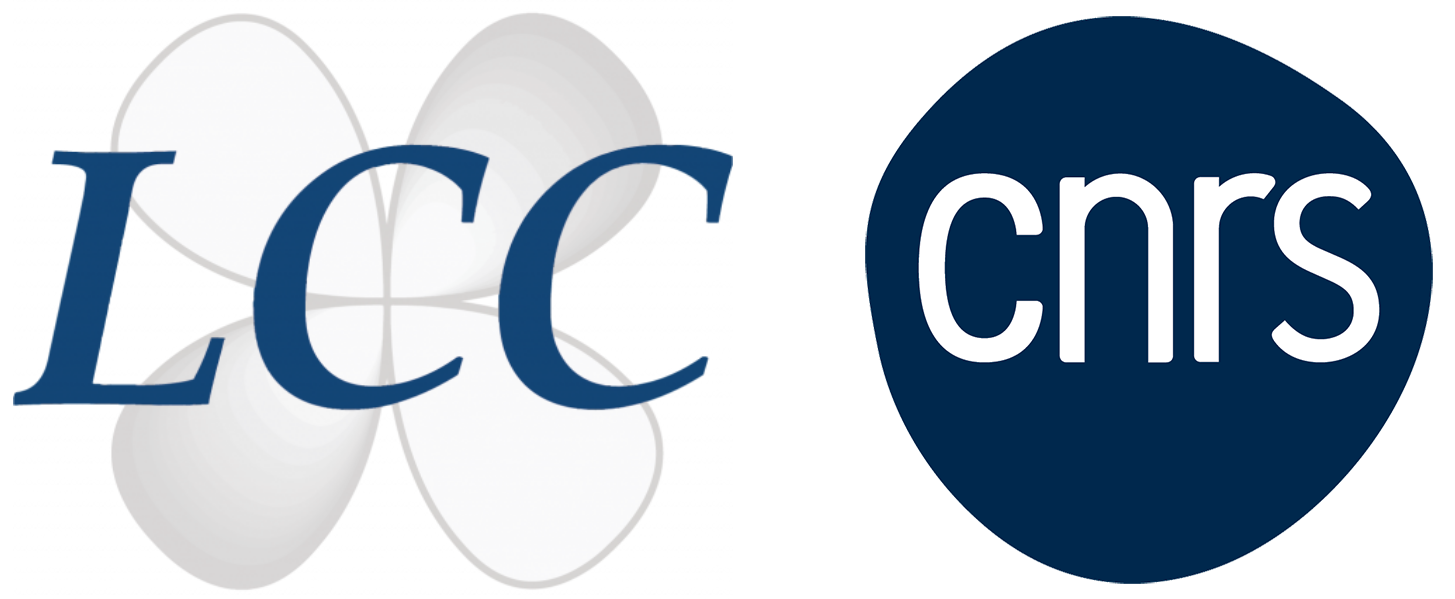
- Cet évènement est passé.
Conférence Pr Lutz ACKERMANN

Pr Lutz ACKERMANN
Institute for Organic and Biomolecular Chemistry, Georg-August-University Göttingen, Göttingen,
37077 Germany
e-mail: Lutz.ackermann@chemie-uni-goettingen.de
Metallaelectro-Catalyzed Bond Activations
Oxidative C–H activation has emerged as an increasingly powerful tool in molecular syntheses.[1]Despite major progress towards atom and step economy, these transformations largely rely on precious metal catalysts and stoichiometric amounts of toxic metal oxidants, compromising the overall sustainability of the C–H activation strategy. In contrast, employing electrooxidation in lieu of reactive chemical oxidants prevents undesired waste formation through oxidant economy and offers efficient use of renewable energies from sustainable sources for chemical bond formation.[2] Inexpensive Earth-abundant 3d metal[3] cobaltaelectrocatalysis set the stage for molecular syntheses at a unique level of resource economy.[4] Our studies towards metallaelectrocatalytic C–H and C–C activation will be discussed, with a topical focus on sustainable base metals.[5]
References
[1] a) L. Ackermann, Acc. Chem. Res. 2014, 47, 281–295;
b) C. S. Yeung, V. M. Dong, Chem. Rev. 2011, 111, 1215–1292.
[2] a) P. Gandeepan, L. H. Finger, T. H. Meyer, L. Ackermann, Chem. Soc. Rev. 2020, 49, 4254–4272;
b) LA, Acc chem Rex 2020, C. Ma, P Fang, T.-S. Mei, ACS Catal. 2018, 7179–7189.
[3] P. Gandeepan, T. Müller, D. Zell, G. Cera, S. Warratz, L. Ackermann, Chem. Rev. 2019, 111, 2192–2452.
[4] Y. Qiu, M. Stangier, T. H. Meyer, J. C. A. Oliveira, L. Ackermann, Angew. Chem. Int. Ed. 2018, 57, 14179–14183;
b) Y. Qiu, W.-J. Kong, J. Struwe, N. Sauermann, T. Rogge, A. Scheremetjew, L. Ackermann, Angew. Chem. Int. Ed. 2018, 57, 5828–5832.
[5] a) R. Mei, N. Sauermann, J. C. A. Oliveira, L. Ackermann, J. Am. Chem. Soc. 2018, 140, 7913–7921;
b) N. Sauermann, T. H. Meyer, C. Tian, L. Ackermann, J. Am. Chem. Soc. 2017, 139, 18452–18455.

